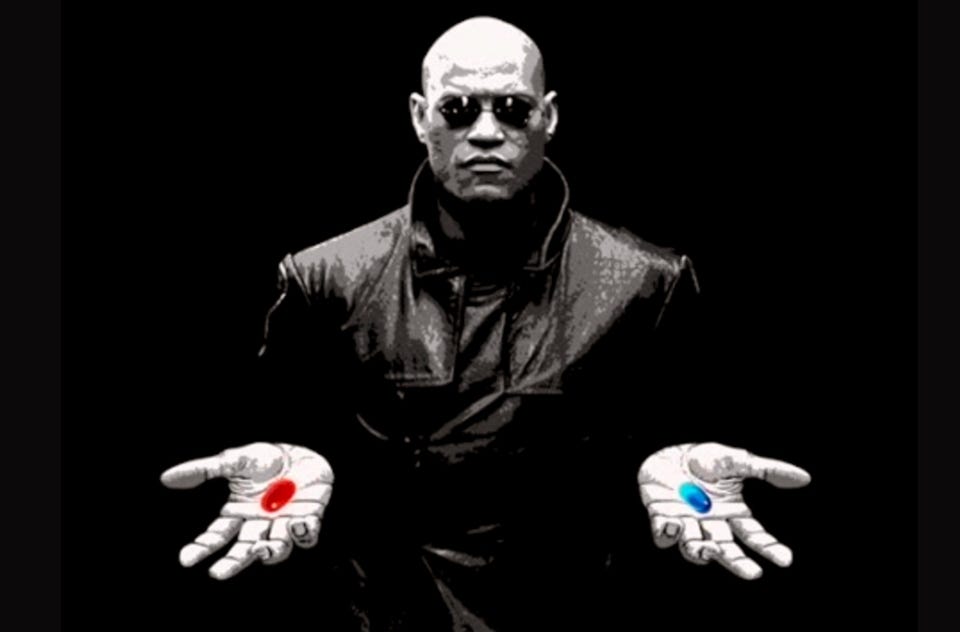

However, like all aspects of government, responsibility for disaster management is subject to the winds of political change. Although missteps continued, disasters were handled reasonably well by local, state, and federal officials during the Clinton administration. Steps were taken, such as the elevation of the FEMA director to cabinet rank, that were intended to increase the agency’s visibility and effectiveness. 1 Significantly, Witt had been the director of emergency management for the state of Arkansas, which facilitated his interactions with President Clinton. Some improvements were made at the federal level during the Clinton administration, when FEMA was directed by James Lee Witt, who had previous experience as a state emergency manager. Seen now in the context of Hurricane Katrina, many of the findings and recommendations of the NAPA report were eerily prescient. The report emphasized, among other things, the need for placing individuals with appropriate knowledge, training, and experience in emergency management in high disaster planning and response positions. Perhaps the report’s bluntest conclusion was that “The nation needs a well-organized effective emergency management system… it does not have one” (National Academy of Public Administration, 1993: vii). It found, for example, that there were far too many political appointees among the leadership of FEMA and that the agency was poorly-managed, ineffective, and driven by partisan agendas. An independent panel by the National Academy of Public Administration published in 1993 following Andrew, another disaster that was woefully mismanaged, contained a number of findings and conclusions with respect to the U.S. In those days, FEMA was facetiously referred to as a “turkey farm” and a dumping ground for inept political supporters who needed jobs. During the 1990s, the emergency management system at the Federal level was struggling to overcome the stigma of mismanagement and incompetence-a stigma that had become stronger after Hurricane Andrew in 1992. Taking the red pill means recognizing that the sources of Katrina’s devastation originated not in nature, but in longer-term trends, and especially in post-September 11 political and social realities. Those who are now in charge of preparing the nation in the face of disasters and terrorist attacks are ill-equipped to do so, both because they lack a fundamental understanding of what preparedness is, but more important, because they frame the challenges associated with managing extreme events in ways that are entirely inappropriate. Indeed, the opposite is the case together with the debacle that is Iraq, post-September 11 policies and plans have actually made the nation more vulnerable, both to natural disasters and to future terrorist attacks.

Taking the red pill means recognizing that virtually nothing has been done since 9-11 to make this nation safer. For all who never want to see the people of our nation experience another catastrophe like Katrina, it is time to take the red pill. With Hurricane Katrina, we are experiencing just such a disturbance. However, occasionally, just as in the original Matrix film, there is a disturbance in the matrix. Our rulers, dedicated social constructionists, declare proudly that “we create reality when we act,” as if no obdurate reality exists outside spin. Lies are repeated until they are accepted as truth. We too live inside a matrix, and the hegemonic power of the matrix has only strengthened since September 11, 2001. Because he chose the red pill, Neo became aware for the first time of the oppressive, parasitic nature of the Matrix. In the first episode of the film trilogy The Matrix, lead character Neo was given the option of taking a red pill, which would enable him to understand what was actually occurring outside the illusion created by the Matrix, or a blue pill, which would allow him to return to experiencing only that illusion.


 0 kommentar(er)
0 kommentar(er)
